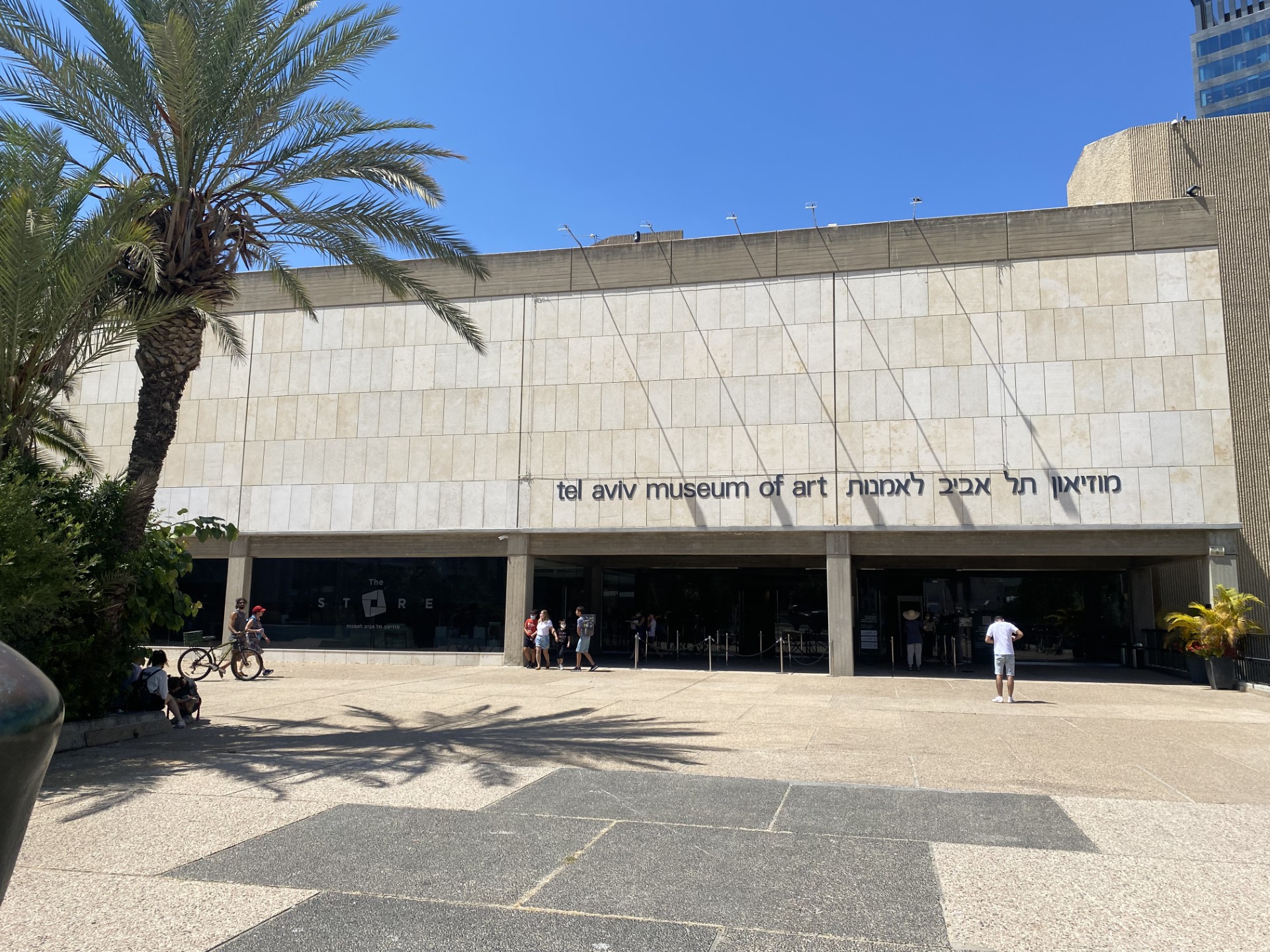Tel Aviv Museum of Art (TAMA)
By Or Shaked

The Tel Aviv Museum of Art (TAMA) is one of Israel’s most prestigious cultural institutions and a cornerstone of its artistic identity. Established in 1932, the museum originally occupied the former residence of Tel Aviv’s first mayor, Meir Dizengoff. It has since evolved into a dynamic hub for modern and contemporary art, design, and performance, drawing both international acclaim and local pride.
From its early days, TAMA distinguished itself through an ambitious collecting mission and its embrace of avant-garde movements. The museum houses an impressive collection that includes canonical works by early 20th-century masters such as Pablo Picasso, Wassily Kandinsky, Gustav Klimt, and Joan Miró, alongside pioneering Israeli artists. Its holdings cover key movements from Fauvism and Cubism to Russian Constructivism and Surrealism, as well as iconic pieces from the Peggy Guggenheim Collection featuring Jackson Pollock and André Masson.
Over the decades, TAMA expanded to meet the growing scope of its vision. In 1971, the museum relocated to its current home on King Saul Avenue. The 1988 opening of the Joseph and Rebecca Meyerhoff Art Education Center and the 1999 expansion added new galleries and the Lola Beer Ebner Sculpture Garden. But the most celebrated architectural addition came in 2011 with the inauguration of the Amir Building, designed by Preston Scott Cohen.
This architectural marvel resolves the challenge of fitting neutral, rectangular galleries into an irregular, triangular site by using twisting geometric surfaces—hyperbolic parabolas—that create a visually striking yet functional interior. At its core is the 87-foot-tall spiraling atrium known as the Lightfall, a structure that refracts natural light deep into the building while serving as a vertical connector between levels. The Amir Building represents a hybrid of two contrasting museum paradigms: the white-cube gallery and the architectural spectacle.
Beyond its collections and design, the museum is an active cultural agent in Israel. It hosts rotating exhibitions, theater, film, musical performances, and educational programming aimed at nurturing engagement with diverse audiences. Its mission emphasizes multicultural dialogue and accessibility, positioning it not only as a site of artistic excellence but also as a forum for civic and cultural discourse.
In recent years, TAMA has continued to grow in prominence. It welcomed over 1 million visitors in 2018 and rose to 1.32 million in 2019, ranking among the top 50 most visited art museums globally.
Today, the Tel Aviv Museum of Art stands as a symbol of Israel’s openness, creativity, and enduring commitment to the arts. Its synthesis of architecture, education, and exhibition continues to enrich Tel Aviv’s vibrant cultural landscape.
Sources: “Tel Aviv Museum of Art - about,” Tel Aviv Museum of Art.
“Tel Aviv Museum of Art,” PSC.
“Tel Aviv Museum of Art,” worldjewishtravel.org.
Photo: Courtesy of Mitchell Bard.


